(Depending on what you think makes a good picture)
The elusive Mr. Miyazaki
Sadayasu Miyazaki started a small business in Japan in 2007 that produces new lenses based on re-imagined and re-calculated versions of classic or historic formulas such as the Petzval, Protar, Kino Plasmat, Sonnar, Xenotar, and so on. There have been several articles already in 35mmc, and his work is well-known and even revered by those who take an interest in such things. Phillip Reeve has done a nice summary of the entire lineup, known as MS-Optics, which you can find on his web site. They are not sold outside of Japan, where you can only buy them from a few dealers, though currently there are almost none in stock anywhere, and very few available on eBay.
The lenses are often maddeningly difficult to use. You might need a pair of tweezers to set the diaphragm, which will have no click stops. There may be no place to grab the lens to focus it without accidentally unscrewing the front element. No major brand such as Zeiss or Voigtlander would tolerate such shortcomings, which undoubtedly make them easier to manufacture from stock parts, as though they were prototypes rather than production runs. But those flaws only endear them to those who take pride in not following the crowd. Well, up to a point! But MS-Optics is basically unique in presenting adventurous and unorthodox ideas that would never survive in the marketplace any other way.
Do as I say, not as I do
Idle moments on Saturday mornings are a good time to open a drawer and take out lenses that haven’t seen daylight for a while. Toying with these lenses forces me to contemplate the excesses already committed, rather than mindlessly spending more money on things that are not needed, as some people do from time to time. This morning I took out the Xenomax 50mm F3.5 and tested it on the Leica M11. That lens is basically pixel-perfect at 60 megapixels; and the MTF chart goes up to 100 lines/mm rather than the usual 40. It is a stellar performer as long as you bring the tweezers you will need to reach the little screw that sets the diaphragm. This is actually fortunate, because if you touch it accidentally you will move it off the desired setting, having no click stops.
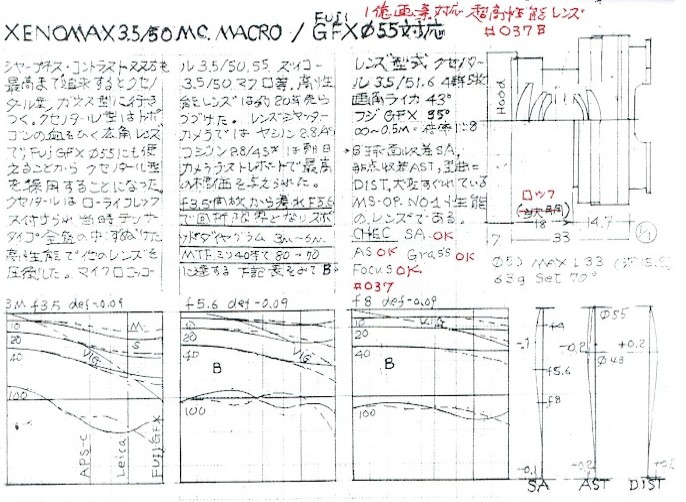
The Small and the Mighty
But in the process I also took out the MS-Optics 50mm F1.0 ISM, which remains a personal favorite for exactly the opposite reason. Somewhere Mr. Miyazaki wrote that ISM refers to “small and mighty”. Aside from being half the size of any other F1.0 lens, it imparts a creaminess which no doubt results from the compromises necessary to make a fast lens so small. It uses a nested double-Gauss design, but modified in unconventional ways. Mr. Miyazaki’s says, “I turned my back on common sense and limitations and continued to come up with new ideas.”
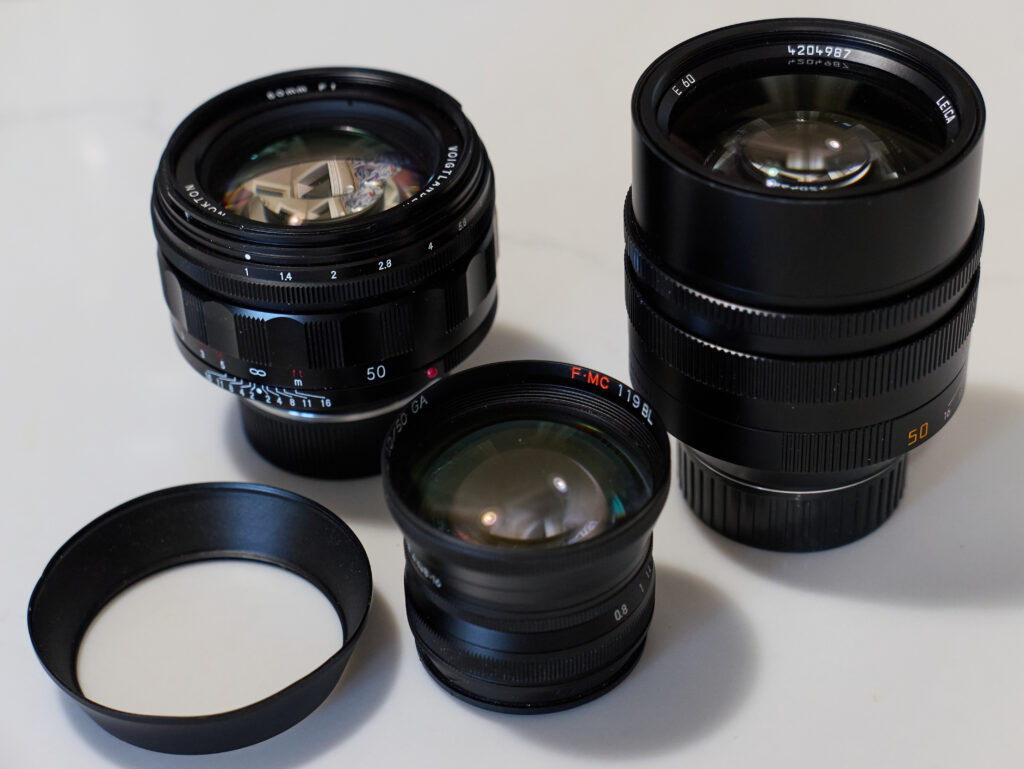
This lens is ridiculously small for F1.0, though the front element does indeed measure 50mm. It is also the lens where you will unscrew the front element as you try to focus it. So it seems unlikely that the manufacturing tolerances are sub-micron.
The most banal subject imaginable
When the lens arrived, I went into the bathroom and took a picture in dim light of toothpaste and shaving cream on the sink. It’s hard to imagine a less interesting subject, for those who don’t own a cat. But the tone and richness of the silvers and black is quite stunning. Based on this first frame I started to suspect that Mr. Miyazaki had cast a magic spell on the glass.

The optical formula must be enchanted
I was flying into Boston one night and took a picture of the night sky, deliberately underexposed by three stops at F1.0 . After cranking up the shadow detail, which is the great blessing of digital sensors, it turns out I’d grabbed the Big Dipper over the lights of Boston glowing through the cloud cover. The stars had scarcely been visible to the naked eye. I can only attribute this luck to supernatural forces, but it confirms my initial suspicion that one cannot take a bad picture with this lens.
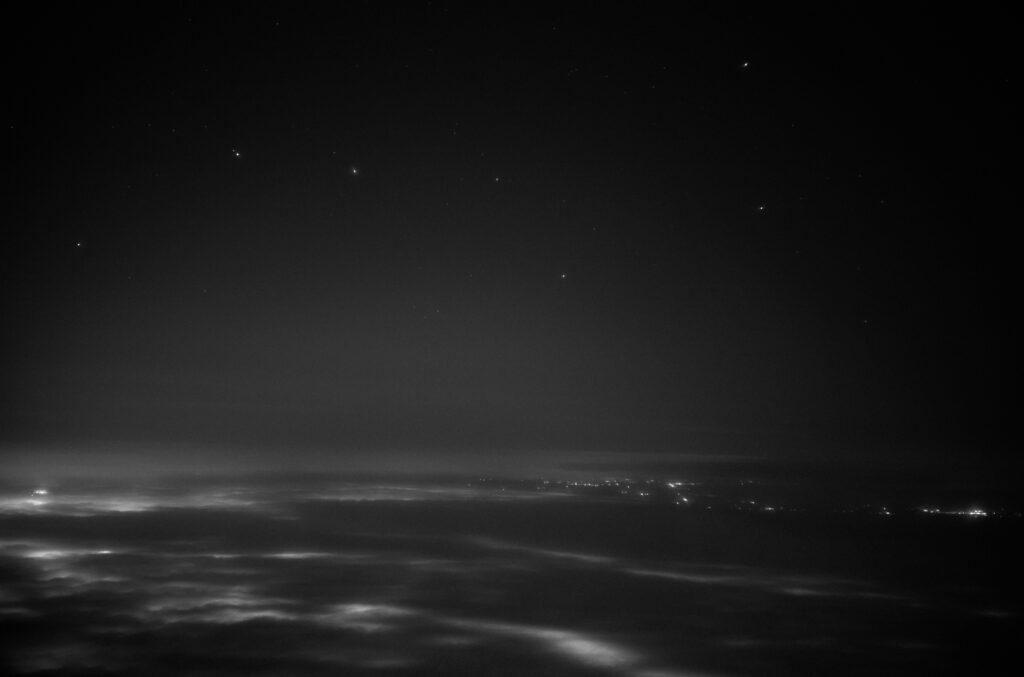
A photographer walks into a bar and …
An old friend was visiting from Sweden, so I put the camera in my pocket, and we went out to a bar along with my wife. This photo of the two of them in the dim light has the same rich creaminess as the bathroom sink. This is a perfect example in which greater sharpness would detract from the results.

No other F1.0 lens can fit in your pocket and hardly be noticed when snatching grab shots in a bar. Unlike the gigantic lenses that many carry in backpacks, no one will even recognize it as professional equipment. That makes it much less likely for the bouncers to escort you out to the street, which can happen in this business from time to time.
The next subject is one of the performers who was greeting an old friend. Here you can start to see the telltale “cat-eye” and mushroom shapes, which show us how the lens smears points of light. I personally do not care for swirly bokeh, but for some reason the particular smear of this lens makes for wonderful transitions from dark to light. It seems to have a subtle effect on the striped dress.

No photos allowed in the concert!
No cameras are permitted in the Met Opera in New York, nor at any other opera houses. Based on the maxim that it is easier to ask for forgiveness than permission, I naturally carried the Leica and ISM in my pocket so no one would see it. I had no interest in forbidden images of the performance, but couldn’t resist the audience members in their boxes, only dimly illuminated by the light reflected from the stage. The shot was barely achievable even at F1.0, but it captures dozens of little individual portraits in side profile against a dark background. Again it has that same rich creaminess and deep black tone.
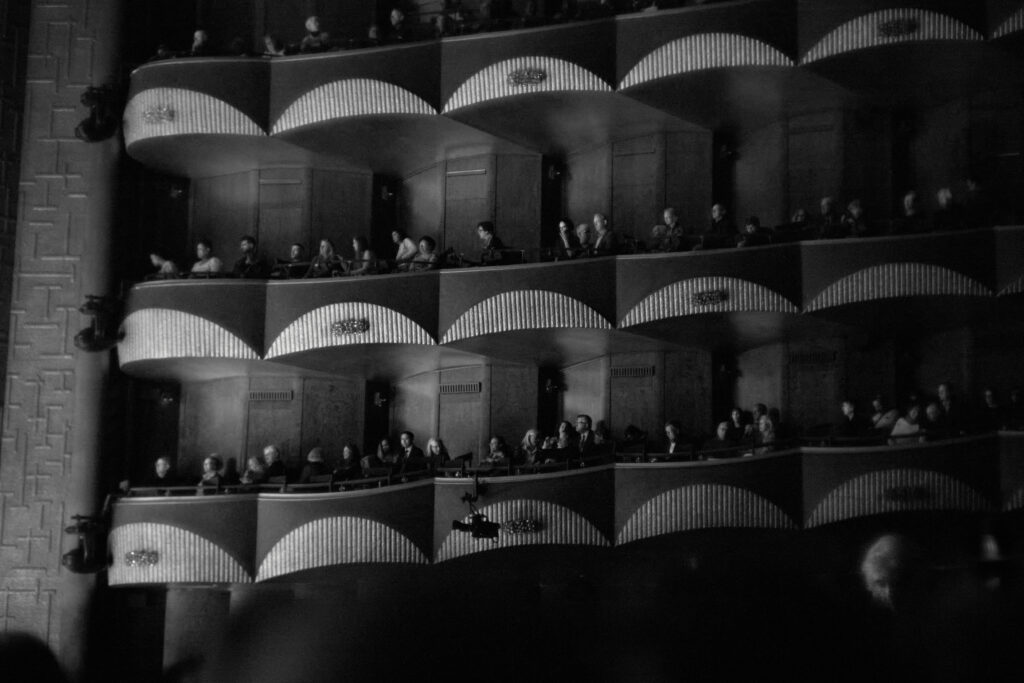
Shining by virtue of their darkness
How ironic that a lens notable for its brightness achieves its greatest performance in rendering black tones! It reminds me of the immortal words of Rainer Maria Rilke — with apologies for presenting them in German, but they don’t rhyme in English:
Du Dunkelheit, aus der ich stamme,
Ich liebe dich mehr als die Flamme,
welche die Welt begrenzt,
indem sie glänzt
für irgend einen Kreis,
aus dem heraus kein Wesen von ihr weiß.
It is worth learning German just to read the poems of Rilke. Here is my non-poetic literal translation:
You darkness, from which I come
I love you even more than the flame
Which limits the world
By shining on some small circle
Outside of which no being can know her.
With those great sentiments fresh in our minds, let’s go see a string quartet, another venue where photography is not allowed and where the entourage or background is very unfavorable. It is almost impossible for photos of performers on stage to transcend the subject matter. No matter how you frame them, unless you are allowed to walk among them as they play, they will be little more than photos of performers on stage. But in this case, the “Dunkelheit” surrounding them takes on a power of its own, which again demonstrates the occult power of the spell Mr. Miyazaki cast upon the double Gauss when he “turned his back on common sense”.
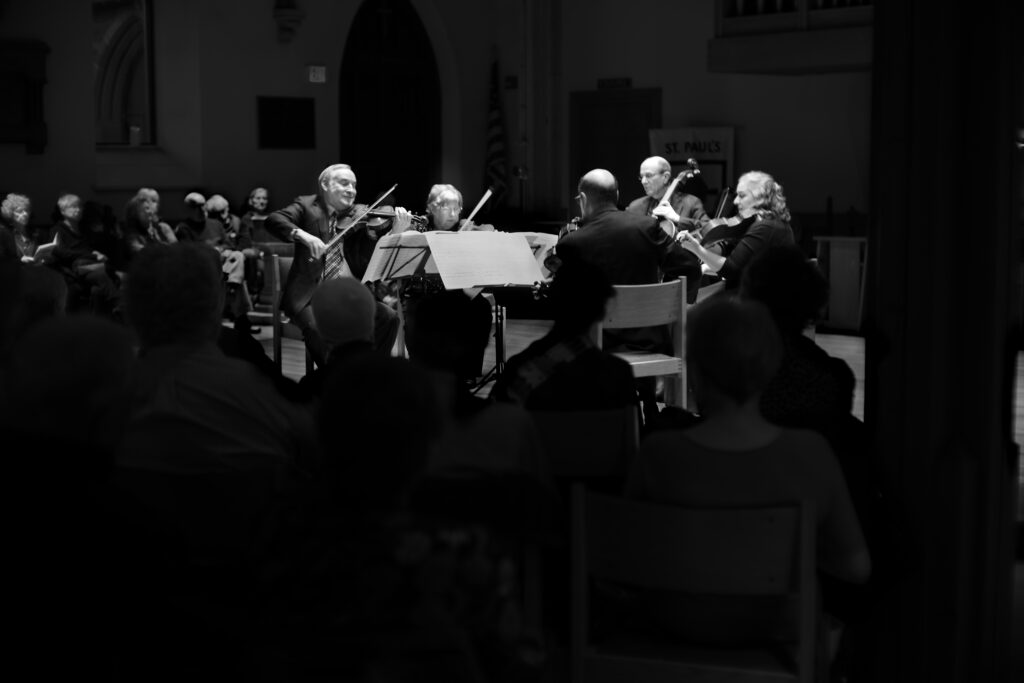
The MTF chart provided by Mr. Miyazaki, hand-drawn as always, offers at least some explanation of the wonderful character of this lens. It has very good contrast at 10 lines/mm, but very little contrast at 40 lines/mm. It gets the large areas right but smears the boundaries at the detail level. F 1.4 seems to be the sweet spot for this noble blur of fine detail — opening up all the way to F1.0 seems to be a bridge too far, a steam bath. Compare the F1.0 line to the F1.4. When you open the diaphragm from F1.4 to F1.0, perhaps a third of the additional light that enters around the perimeter of the lens does not get focused, but spreads across the frame as fog. The other attractive aspect of the MTF chart at F1.4 is that it declines smoothly away from the center, rather than having sudden dips up and down as the 40mm lines do at F4, being suddenly sharper or fuzzier at various distances from the center. The Leica Noctiluxes also decline smoothly in this way at wide apertures, and they are less foggy wide open.
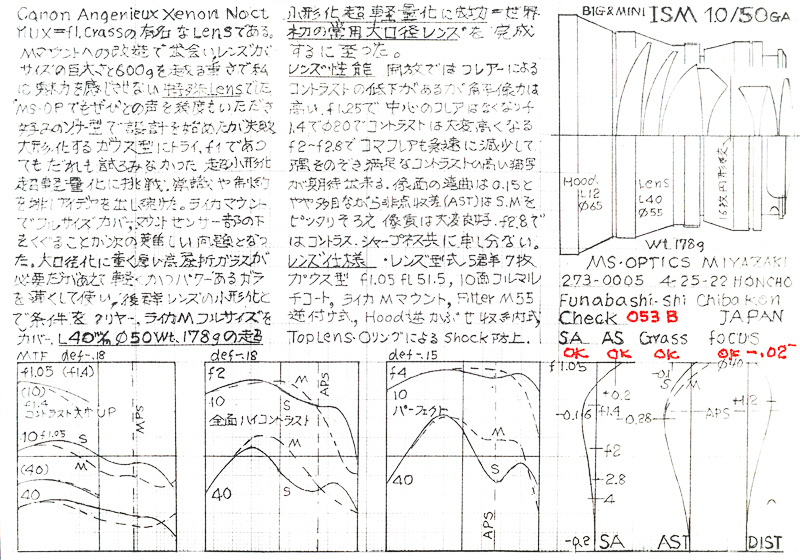
The small size is a huge advantage over the Noctilux and others of that ilk, which can be heavy and clumsy to use, and obscure the viewfinder. You end up taking the ISM places you would never bring a larger lens. And then there is the clear evidence that this lens carries a magic spell.
Sonnar lenses wide open also have this property of low contrast at 40 lines/mm combined with high contrast at 10 lines/mm while falling off smoothly. The effect seems to be stronger or more exaggerated in the ISM, but it is present in the Sonnars as well, which may be preferable for more everyday subjects rather than the nightlife examples I’ve chosen here.
Concluding thoughts
There is no compelling reason for photographers to collect more lenses than they can possibly use. It can become an addiction that I would not wish on anyone, and which does not make you a better photographer. But it does have one great benefit. Owning a bunch of different lenses at F1.0 spares you the doubt of wishing for things you don’t have, and forces you to admit that the lens you reach for may not be the biggest, most technically advanced aspherical, or the most expensive. There is no better example than this “small and mighty” gem; the MS-Optics 50mm F1.0 ISM
Share this post:

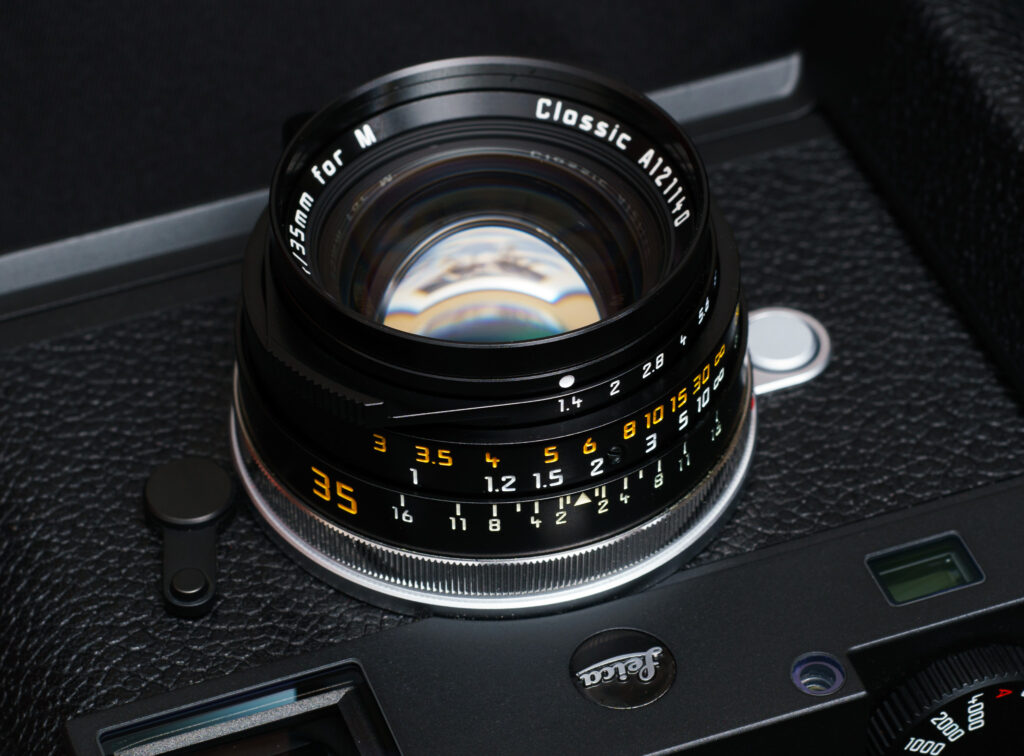

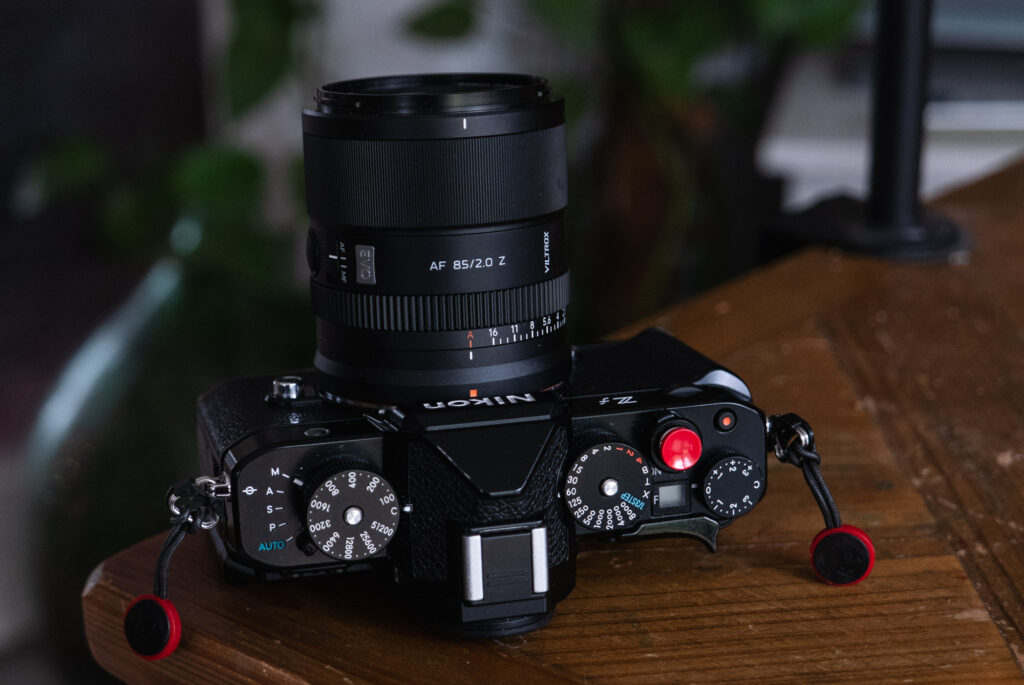




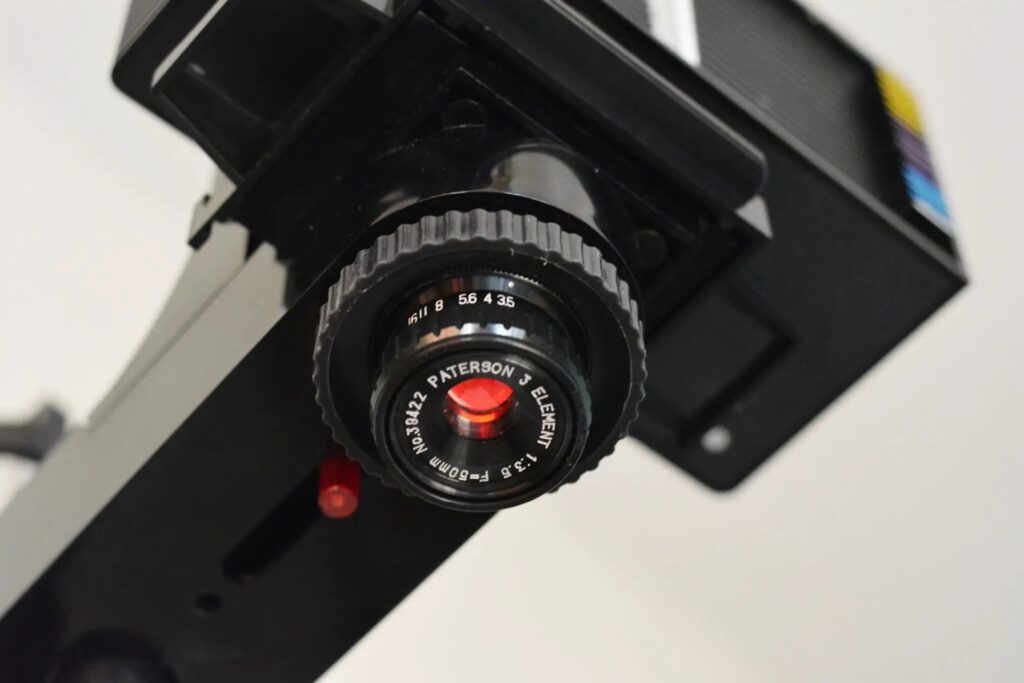
Comments
thorsten on MS-Optics 50mm F1.0 ISM – The Magic Lens that Refuses to Take a Bad Picture
Comment posted: 12/08/2025
Comment posted: 12/08/2025
Comment posted: 12/08/2025
Dave Powell on MS-Optics 50mm F1.0 ISM – The Magic Lens that Refuses to Take a Bad Picture
Comment posted: 12/08/2025
Comment posted: 12/08/2025
Comment posted: 12/08/2025
Comment posted: 12/08/2025
Comment posted: 12/08/2025
Comment posted: 12/08/2025
Comment posted: 12/08/2025
David Kieltyka on MS-Optics 50mm F1.0 ISM – The Magic Lens that Refuses to Take a Bad Picture
Comment posted: 12/08/2025
Russ Rosener on MS-Optics 50mm F1.0 ISM – The Magic Lens that Refuses to Take a Bad Picture
Comment posted: 12/08/2025
Also we use almost the same hygiene products. :D
Comment posted: 12/08/2025
Gary Smith on MS-Optics 50mm F1.0 ISM – The Magic Lens that Refuses to Take a Bad Picture
Comment posted: 12/08/2025
Of course, that never stopped any of us did it? I have several of the same fl in the same mount from different makers. Often they are rarely used.
I'm not familiar with lenses from Miyazaki-san. Thanks for expanding my horizons!
Comment posted: 12/08/2025
hiosh1ma on MS-Optics 50mm F1.0 ISM – The Magic Lens that Refuses to Take a Bad Picture
Comment posted: 17/12/2025
I'm wondering if you've encountered this problem.